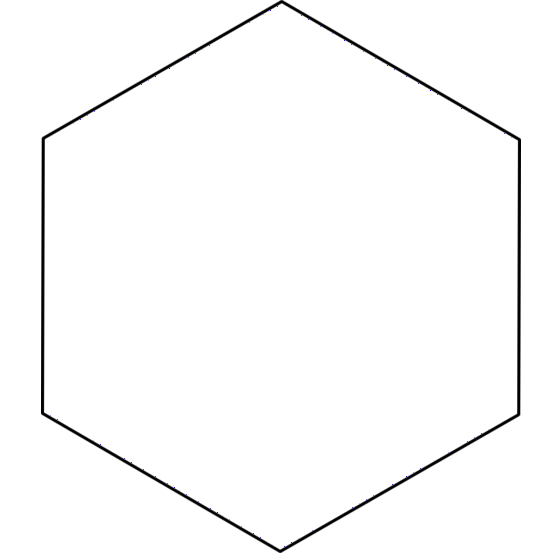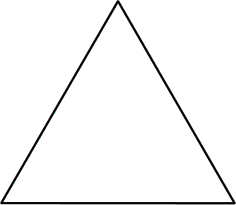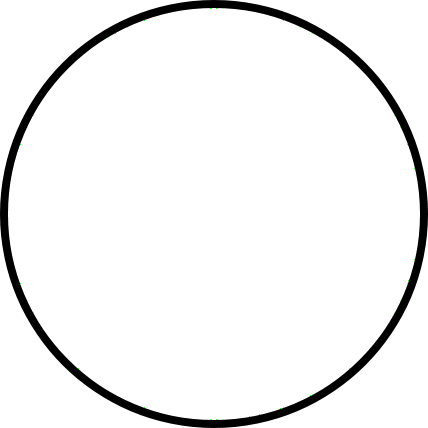 Genetic Language is Abstract and Flexible
Genetic Language is Abstract and Flexible
The awesome power that genetic engineering will
one day place in our hands was foreshadowed recently
by some experimenters at the University of Basel in
Switzerland. Walter Gehring and his students were
studying the effects of the eyeless gene in fruit flies. The
gene is called eyeless because its absence causes flies to
grow without eyes. The gene actually causes eyes to grow. Gehring and the students inserted the gene into
various tissues of embryonic flies, and the embryos
grew into flies ... Tyranny of the Gene Tempered by Junk DNA
Tyranny of the Gene Tempered by Junk DNA
The analogies between the genetic evolution of biological species and the cultural evolution of human societies have been brilliantly explored by Richard Dawkins in his book The Selfish Gene. The book is mainly concerned with biological evolution; the cultural analogies are only pursued in the last chapter. Dawkins's main theme is the tyranny which the rigid demands of the replication apparatus have imposed upon all biological species throughout evolutionary history. Every species is the pris... Propagating Genes VS Memes
Propagating Genes VS Memes
I have been a bit negative about memes, but they have their cheerful side
as well. When we die there are two things we can leave behind us: genes
and memes. We were built as gene machines, created to pass on our
genes. But that aspect of us will be forgotten in three generations. Your
child, even your grandchild, may bear a resemblance to you, perhaps in
facial features, in a talent for music, in the colour of her hair. But as
each generation passes, the contribution of your genes is halved. ...Our genes will only last in recognizable form for three generations or so, being halved with each generation; our memes, however, have the potential to live far beyond our lifetimes and have greater influence.
 When Memes and Genes Conflict
When Memes and Genes Conflict
Memes and genes may often reinforce each other, but they sometimes
come into opposition. For example, the habit of celibacy is presumably
not inherited genetically. A gene for celibacy is doomed to failure in the
gene pool, except under very special circumstances such as we find in
the social insects. But still, a meme for celibacy can be successful in the
meme pool. For example, suppose the success of a meme depends
critically on how much time people spend in actively transmitting it to
othe...Memes can override genes, which means a meme like 'celibacy' can prevent the genes from reproducing.
 The Meme-Unit
The Meme-Unit
It is possible that this appearance of non-particulateness is illusory, and
that the analogy with genes does not break down. After all, if we look at
the inheritance of many genetic characters such as human height or
skin-colouring, it does not look like the work of indivisible and
unblendable genes. If a black and a white person mate, their children do
not come out either black or white: they are intermediate. This does not
mean the genes concerned are not particulate. It is just that there ...Like genes, there is no particulate unit for memes. Sometimes we must look at a whole symphony, sometimes it's just a few notes.
 We are Machines that Carry Genes
We are Machines that Carry Genes
We are survival machines, but 'we' does not mean just people. It
embraces all animals, plants, bacteria, and viruses. The total number of
survival machines on earth is very difficult to count and even the total
number of species is unknown. Taking just insects alone, the number of
living species has been estimated at around three million, and the
number of individual insects may be a million million million.
Different sorts of survival machine appear very varied on the outside and
in their i...The Gene's-eye view of evolution is very useful.
 Genes are Like Batons in a Relay Race
Genes are Like Batons in a Relay Race
Fossil bones and footsteps and ruined homes are the solid facts of history, but the surest hints, the most enduring signs, lie in those miniscule genes. For a moment we protect them with our lives, then like relay runners with a baton, we pass them on to be carried by our descendents. There is a poetry in genetics which is more difficult to discern in broken bomes, and genes are the only unbroken living thread that weaves back and forth through all those boneyards. We protect them and pass them on from generation to generation.
 Genes Associated with Brain Volume
Genes Associated with Brain Volume
Identifying genetic variants influencing human brain structures may reveal new biological mechanisms underlying cognition and neuropsychiatric illness. The volume of the hippocampus is a biomarker of incipient Alzheimer's disease1, 2and is reduced in schizophrenia3, major depression4 and mesial temporal lobe epilepsy5. Whereas many brain imaging phenotypes are highly heritable6, 7, identifying and replicating genetic influences has been difficult, as small effects and the high costs of mag...SNPs: rs7294919(T;T), rs10784502(C;T), and rs10494373(A;A) tied to brain volume.
 Carl Sagan's Summary of the Selfish Gene
Carl Sagan's Summary of the Selfish Gene
In a very real sense human beings are machines constructed by the nucleic
acids to arrange for the efficient replication of more nucleic acids. In a sense our
strongest urges, noblest enterprises, most compelling necessities, and apparent free
wills are all an expression of the information coded in the genetic material: We
are, in a way, temporary ambulatory repositories for our nucleic acids. This does
not deny our humanity; it does not prevent us from pursuing the good, the true,
and the be...We are machines constructed by nucleic acids to construct more nucleic acids... sounds a lot like Dawkins.
 Mammals Produce Useless Yolks
Mammals Produce Useless Yolks
Vestigial genes can go hand in hand with vestigial structures. We
mammals evolved from reptilian ancestors that laid eggs. With the
exceptions of the “monotremes” (the order of mammals that includes
the Australian spiny anteater and duck-billed platypus), mammals have
dispensed with egg-laying, and mothers nourish their young directly
through the placenta instead of by providing a storehouse of yolk. And
mammals carry three genes that, in reptiles and birds, produce the
nutritious protein...Because they evolve from egg-laying reptiles, they have dead genes for producing yolks and even produce yolks in the placenta.




